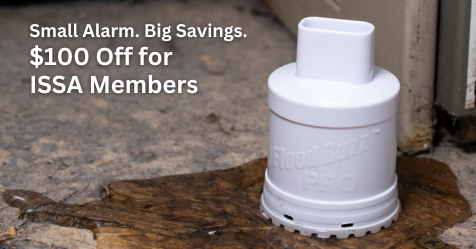How to Watch for Heat-Related Emergencies
Recognizing the warning signs helps to prevent heat stroke and other heat-related emergencies.
Already this spring, temperatures have been rising across the U.S., and extreme heat weather events are anticipated to occur this summer, CNN reported. Last summer was also the Earth’s hottest on record, according to the NASA.
In turn, employers and workers need to recognize the symptoms of heat stroke, which can be difficult since some symptoms are non-specific, the U.S. Department of Labor’s (DOL) Occupational Safety and Health Administration (OSHA) said. Considering this, when workers are performing physical labor in a warm environment, any unusual symptom can be a sign of overheating, the administration said.
Symptoms and signs of heat-related illness include:
Heat stroke
- Confusion
- Slurred speech
- Unconsciousness
- Seizures
- Heavy sweating or hot, dry skin
- Very high body temperature
- Rapid heart rate
Heat exhaustion
- Fatigue
- Irritability
- Thirst
- Nausea or vomiting
- Dizziness or lightheadedness
- Heavy sweating
- Elevated body temperature or fast heart rate
Heat cramps
- Muscle spasms or pain
- Usually in legs, arms, or trunk
Heat syncope
- Fainting
- Dizziness
Heat rash
- Clusters of red bumps on skin
- Often appears on neck, upper chest, and skin folds
Rhabdomyolysis (muscle breakdown)
- Muscle pain
- Dark urine or reduced urine output
- Weakness
While workers should not try to diagnose which heat-related illness is occurring, when any of these symptoms are present, first aid should be administered promptly.
First aid for heat-related illness includes:
- Take the affected worker to a cooler area (e.g., shade or air conditioning).
- Cool the worker immediately. Use active cooling techniques such as:
- Immerse the worker in cold water or an ice bath.
- Remove outer layers of clothing, especially heavy protective clothing.
- Place ice or cold wet towels on the head, neck, trunk, armpits, and groin.
- Use fans to circulate air around the worker.
- Never leave a worker with heat-related illness alone.
- When in doubt, call 911.
Heat stroke is a medical emergency and must be treated quickly or it will become fatal, CNN reported. Workers should not hesitate to call 911, OSHA said. As CMM previously reported, the DOL recently moved toward publishing a proposed rule to reduce the significant health risks of heat exposure for U.S. workers in outdoor and indoor settings.


